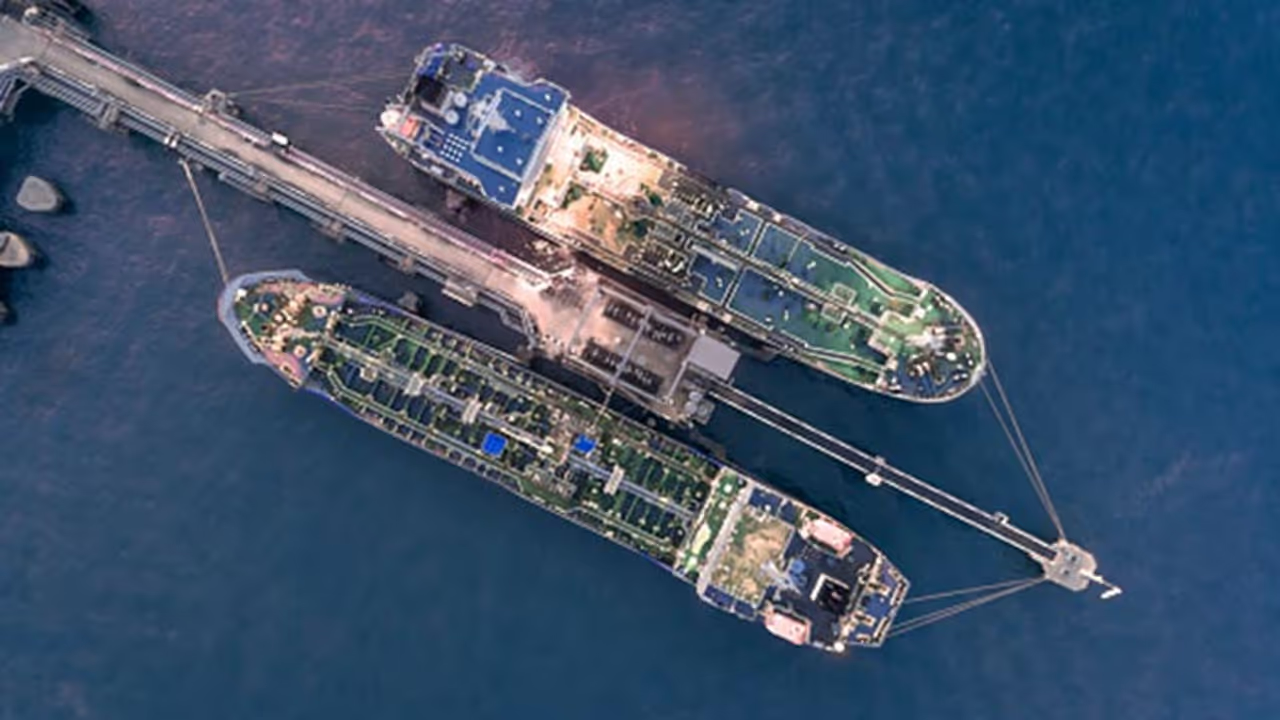The reasons behind their rise and fall offer insights into how battlefield priorities shift over time.
Amphibious tanks tell a story of innovation, necessity, and eventual decline. These specialized vehicles were designed to move seamlessly between land and water, providing crucial firepower in beach landings and river crossings. Countries invested in them to strengthen amphibious warfare capabilities, but their use dwindled as military strategies evolved.

The reasons behind their rise and fall offer insights into how battlefield priorities shift over time. For a deeper look into the nature of strategic risk-taking, you can read more about decision-making in high-stakes environments.
The Evolution of Amphibious Tanks
The British introduced the Sherman DD (Duplex Drive) tank, a modified version of the M4 Sherman equipped with a collapsible flotation screen and twin propellers. Designed for the Normandy landings in 1944, it gave Allied forces armored support on beaches where traditional tanks could not reach. However, many of these tanks sank in rough waters before reaching shore.
The Landing Vehicle Tracked (LVT) was another crucial development. Originally created as a cargo and troop transport, the LVT was later fitted with armor and weaponry, making it a formidable amphibious assault vehicle. Used extensively in the Pacific theater, LVTs provided fire support during island-hopping campaigns.
During the Cold War, the Soviet Union refined the concept further with the PT-76, a light amphibious tank that became standard for Soviet and Warsaw Pact forces. Unlike its World War II predecessors, the PT-76 was a fully amphibious combat vehicle with a sealed hull, water jet propulsion, and a relatively powerful 76mm gun.
It saw action in conflicts like the Vietnam War, where it was useful for river crossings and reconnaissance. However, its light armor made it vulnerable to enemy fire, limiting its effectiveness against modern anti-tank weapons.
How Amphibious Tanks Worked
Designing a tank that could float and fight required several key modifications. Engineers developed buoyant hulls with watertight compartments to prevent sinking. Many models featured rear-mounted water jets or propellers. To handle the transition from water to land, amphibious tanks needed specialized tracks, which provided propulsion in both environments.
Some models, like the Sherman DD, relied on inflatable flotation devices, but these proved fragile under combat conditions. While these design elements allowed amphibious tanks to function in water, they also introduced trade-offs. Most amphibious tanks had thin armor to remain light enough to float. Their speed in water was also much slower than land-based tanks.
Successes and Setbacks in Combat
The battlefield performance of amphibious tanks varied depending on conditions. The Sherman DD tanks that made it ashore on D-Day provided valuable armored support, but those that sank before reaching the beach underscored the risks of relying on buoyancy-based designs. LVTs fared better in the Pacific, where their firepower and ability to transport troops proved invaluable in operations like the Battle of Iwo Jima.
The PT-76 played an important role in riverine operations, particularly in Vietnam, where it allowed North Vietnamese forces to cross waterways quickly. However, its light armor and limited firepower made it less effective against modern threats. During the Indo-Pakistani Wars, PT-76s performed well in marshy terrain but suffered heavy losses against better-armored opponents.
Why Militaries Abandoned Amphibious Tanks
Despite their past usefulness, amphibious tanks are largely absent from today’s military forces. Several factors led to their decline:
1. Advancements in air mobility and naval firepower: Helicopters and precision-guided missiles now provide fast, reliable support in amphibious operations. There is less need for armored vehicles that can swim when air and naval assets can accomplish the same mission with greater flexibility.
2. Vulnerability to modern weapons: Thin armor made amphibious tanks easy targets for anti-tank missiles and mines. As enemy firepower improved, these tanks became liabilities on the battlefield.
3. Limited versatility: Many amphibious tanks were built for specific environments, like beaches and river crossings. Modern military planners prefer adaptable vehicles that can operate in multiple terrains without major modifications.
4. Improved engineering solutions: Instead of using amphibious tanks, modern armies employ engineering units with mobile bridges and ferries to move heavier, better-protected tanks across water obstacles.
Although purpose-built amphibious tanks are no longer widespread, their influence lingers in modern military design. Infantry fighting vehicles (IFVs) and armored personnel carriers (APCs), like the AAV7 and BTR-80, retain amphibious capabilities while focusing on troop transport rather than direct combat. China continues to develop new amphibious armor, suggesting that in certain military doctrines, these vehicles still hold value.
